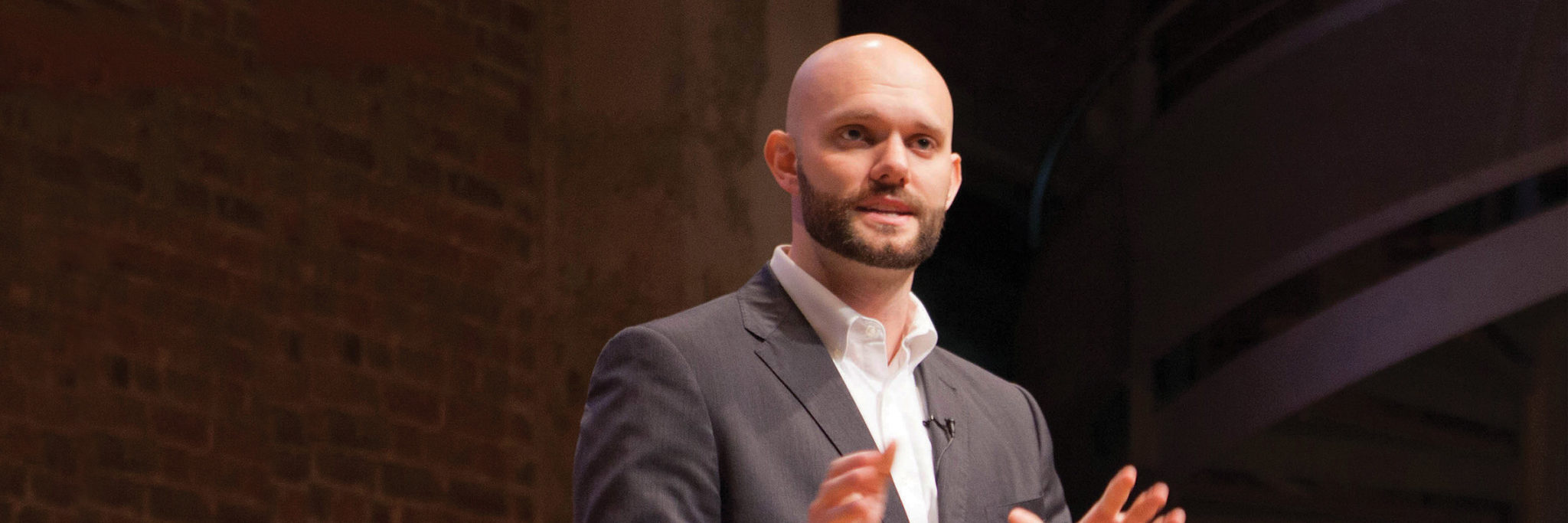James Clear ’08 is wired for growth. Habits, he says, are the greatest engine to do that on a daily basis. When he launched his website, JamesClear.com, in 2012, it was one of the fastest—growing single-author blogs, attracting 100,000 subscribers in less than two years. Now, 1 million people read the site each month. With an undergraduate degree in biomechanics and an MBA from The Ohio State University, Clear combines his acumen for science and research to gain insights into the habits and routines that make people the best at what they do in their professional and personal lives.
Recently, he’s been featured on CBS This Morning and been quoted in the Smarter Living section of The New York Times. He’s also signed a major book deal with Penguin Random House. Whether you’re looking to increase productivity at work or just want to simplify life, Clear offers four of his science-based tips to build habits that stick:
Make it obvious (or invisible). If you want to have better eating habits, for example, don’t hide away apples in the crisper drawer of the fridge. Place them in plain view. That way, you’re encouraging healthy snacking, and you’ll actually remember to eat them—before they become part of the compost bin.
The reverse is true if you want to, say, watch less TV and read more. Put the remote in a drawer rather than leaving it out on the coffee table, and put a book in its place. The key is to reduce the amount of friction, or number of steps, between you and the good habits and increase the amount of friction between you and your bad habits.
Make it attractive. We are evolutionally wired to want to be part of the tribe. So if you want to work out more, surround yourself with other folks who exercise. Have friends who have habits you want.
Make it easy. Downscale habits so they take less than two minutes to do. As long as it fits within two minutes, it gets you moving in the right direction. So folding one pair of socks in two minutes becomes folding the laundry. Taking out your yoga mat becomes 30 minutes of yoga.
Make it satisfying. The most effective form of motivation is progress. Create a habit tracker by marking an “x” on the calendar when you write your blog post or go to the gym. It creates a cue to remind you to do it next time, and as you see the five or six in a row, loss aversion kicks in. You don’t want to lose your progress.

